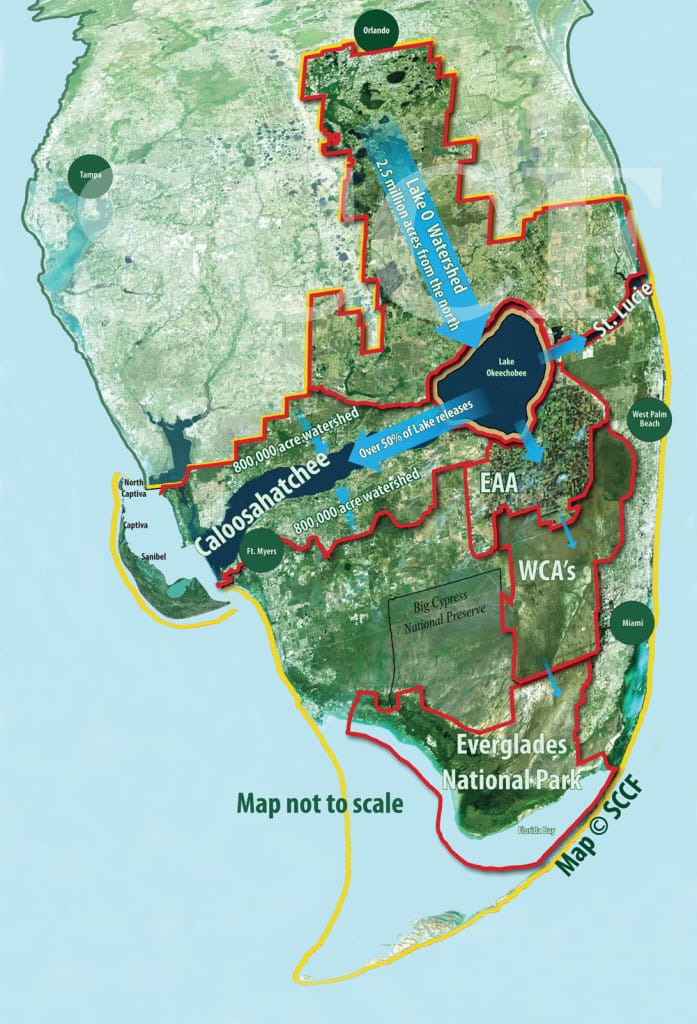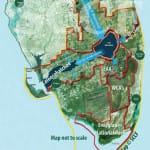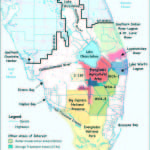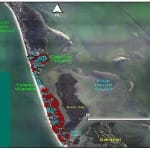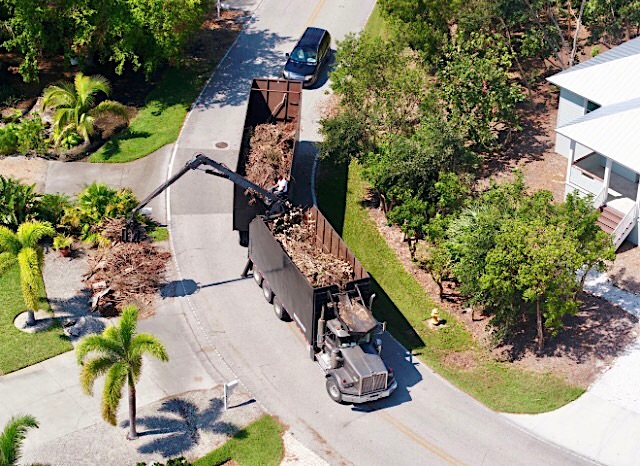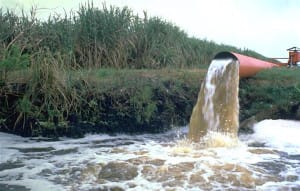
Sanibel Red Tide, Sierra Club Opposes Back Pumping Into Lake Okeechobee. Photo Courtesy Of Sierra Club.
DEP Solicits Proposals For Up To $6 Million In Water-Quality Restoration Grants.
~Grant program helps improve water quality throughout the state~
The Florida Department of Environmental Protection issued the following news release at 1:23 PM/E today.
“The Florida Department of Environmental Protection is soliciting grant applications for projects that reduce or eliminate nonpoint source pollution. Nonpoint source pollution results from many widespread sources rather than a single, distinct origin such as stormwater runoff from urban surface areas and agricultural operations, septic tanks and erosion.
The application deadline for these water-quality restoration grants, also called section 319 grants, for fiscal year 2016-17 is April 1, 2016.
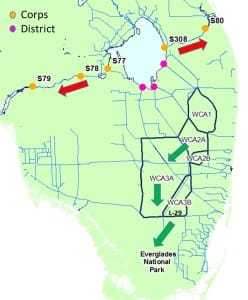
DEP’S DAILY UPDATE ON LAKE OKEECHOBEE. The figure depicts various flood control structures that the U.S. Army Corps of Engineers (Corps) and the South Florida Water Management District (District) operate. The arrows illustrate the direction of water flow. The red color indicates that, as of Feb. 18, 2016, the discharges from the structures operated by the Corps are at levels that lower salinity and impact the estuarine ecology. The green arrows show the movement of water from the water conservation areas into the L-29 canal at a protective amount for Everglades National Park. The District began this movement on Feb. 15, 2016, after receiving an execution order from the Corps at the request of Governor Scott. Courtesy of DEP.
“The department encourages communities with eligible nonpoint source pollution projects to apply for this valuable financial assistance,” said Trina Vielhauer, director of the Division of Water Restoration Assistance. “Nonpoint source pollution is a leading cause of water pollution in Florida today and this funding can help with water-quality restoration in communities, large and small, throughout the state.”
Grant money, received from the U.S. Environmental Protection Agency (EPA), will be administered by the DEP through Section 319(h) of the Federal Clean Water Act. These 319 grants focus on projects designed to reduce nonpoint source pollution and restore impaired springs, rivers, lakes and estuaries to meet Florida’s stringent water-quality standards.
Eligible grant recipients include state agencies, local governments, colleges, universities, nonprofit organizations, public utilities and state water management districts. Examples of eligible projects or activities for 319(h) grants are:
- Swales and bioswales;
- Bank stabilization shoreline planting;
- Pervious asphalt or pervious pavers;
- Green roofs;
- Low-impact design projects;
- Best Management Practices (BMP) that treat stormwater runoff before it enters a major conveyance system;
- Erosion-control practices, such as road-bed stabilization with rocks or plants;
- Education projects for the prevention/reduction of nonpoint source pollution;
- Agricultural demonstration projects;
- Septic inventory projects;
- Monitoring activities to evaluate BMP effectiveness for projects implemented as part of a Basin Management Action Plan or EPA-approved Watershed Plan; and
- Monitoring activities for projects funded by the 319 grant.
Wastewater treatment and stormwater systems that treat stormwater after it has entered a major conveyance system are considered point sources and not eligible for this type of grant funding.
In recent years, the EPA has awarded between $5 million and $6 million of 319(h) funds annually to Florida for projects and activities designed to reduce the impacts of nonpoint source pollution.
The fiscal year 2016-17 application form, eligibility criteria, evaluation criteria, guidance and instruction documents can be found on the department’s website and on the department’s FTP site.“

